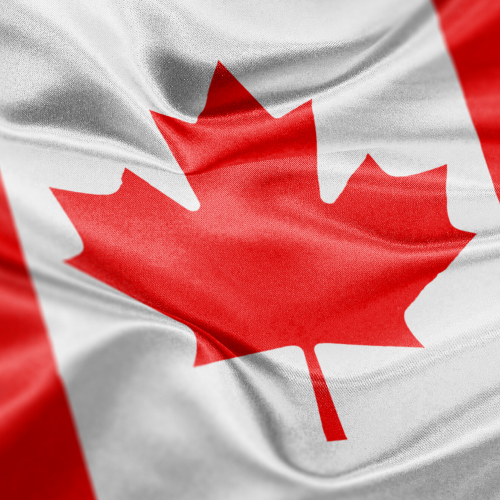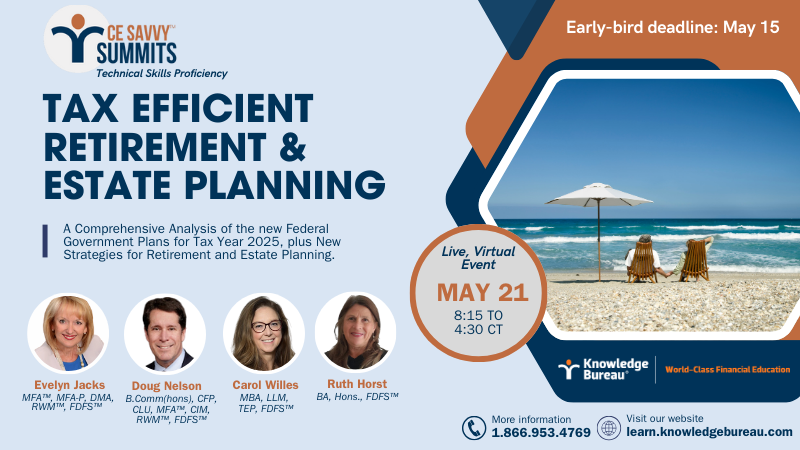Last updated: April 30 2025
Tax Promises From the Liberals

2025 Special Election Report: Geoff Curruer & Evelyn Jacks
Canadians awoke on April 29th to another minority government. Mark Carney is the Prime Minister, but we don’t know for how long. What we do know are some of his plans for the country as he forms government, based on the Liberal election platform. Despite picking up 8 more seats than 2021, the Liberals will still have to make deals in order to remain in power, and these provision could need tweaking as a result. Here’s an overview, which will be discussed in more detail at the May 21 CE Summit with Evelyn Jacks and guest instructors. Register by May 15.
Pre Election Measures: One of Mark Carney’s first orders of business when he took over as Liberal leader was to do away with the consumer portion of the carbon tax. That measure reduced the pride of gas at the pumps by some 17 cents a litre. The industrial portion of the tax remains in place.
Carney also reversed the changes to capital gains which the Trudeau government had imposed for 2025, scrapping the plan to raise it above gains of more than $250,000. You will have had to deal with the confusion over this issue while preparing your client’s returns this year. There is clarity regarding capital gains moving forward.
Campaign Pledges: Carney's main thrust was that we are “facing the biggest crisis of our lifetimes” in Donald Trump and the tariff war which the US president began. He added “We will fight back with counter tariffs and we will protect our workers.” This message received extensive coverage from the media and resonated with the electorate as well.
During the campaign, the Liberals promised to cut the tax rate on the lowest income bracket by one percent, from the current 15% to 14%. They say this will save a two-income household up to $825 a year. Their calculations say that more than 22 million Canadians will be helped by this cut. This move could cost the national treasury as much as $22 billion over the next four years. However, this tax cut also reduces the value of all the non-refundable tax credits as well, and only benefits those whose taxable incomes exceed the basic personal amount: $16,129 for low earners, phasing down to $14,538 for higher earners.
Seniors can expect to receive a temporary break on mandatory RRIF withdrawals to hedge against market volatility – a 25% reduction in the minimal withdrawal for a year. They can also expect the GIS (Guaranteed Income Supplement) to increase by 5%, and to see some reforms to the process for claiming the Disability Tax Credit.
Personal support workers have been promised a refundable tax credit of up to $1100.
First time home buyers will be getting a significant tax break. Carney has promised to eliminate the GST for first time buyers of homes up to a million dollars. Home retrofits and utility bills will also be funded, but the government has been short on the details, so far.
For business, Carney has spoken about achieving a net zero economy. He has pledged more spending for public transit, and clean energy. Expect tax measures that include increased expenditure levels under the Scientive Research and Experimental Development (SR&ED) Tax Incentive Program to $6 Million. It’s currently $4.5 Million.
Also expected is an extension of the immediate expensing rules for manufacturing and processing machinery, clean energy equipment and vehicles. These provisions were introduced in the Fall Economic Statement. The Accelerated Investment Incentive is expected to be extended as well.
Expect an introduction of flow-through shares for Canadian start-ups and their R&D expense. There is a big emphasis on AI Quantum Computing, with plans to introduce a new 20% tax credit for qualifying AI projects linked to job creation. This will be of interest to small and medium-sized businesses as well.
There are also measures for labor mobility measures, apprenticeships and upskilling, and several measures for home building including the re-introduction of MURBs – Multi-Unit Rental Buildings, which were eliminated back in 1982 after a five year run that produced 195,000 rental units.
In a study on that initiative it was noted: “The MURB provision is not considered to be an efficient mechanism for promoting rental investment. The two main problems appear to be (a) its on-off stop-gap nature in relation to the structural problem of low market rents and high costs of rental construction; and (b) the inefficient method of disbursing the subsidy.” It’s an interesting read.
Spending and Bigger Deficits: Apart from the tax measures announced during the campaign, the Liberal platform includes nearly $130 billion in new spending over the next four years. This will increase the federal debt by a projected $225 billion by 2029. It means that the figures in the fall economic statement, released in December of 2024, will need to be revised.
 Included in the spending plans are a national pharmacare program and the expansion of the national dental care program to include Canadians between the ages of 18 and 64. Carney has also promised to increase the funding for the CBC by $150 million.
Included in the spending plans are a national pharmacare program and the expansion of the national dental care program to include Canadians between the ages of 18 and 64. Carney has also promised to increase the funding for the CBC by $150 million.
How will it all be funded? In part by reviewing the corporate tax system, raising penalties and interest to raise $1,750 Billion and find tax evaders and loopholes by strengthening CRA’s enforcement powers.
The Bottom Line: Mark Carney said he will govern for all Canadians. It’s an impossible promise to keep as no policy will please all taxpayers. However, because he does not have the 172 seats required to form a majority government, he will be forced to make some compromises. Given his absence of experience in government, it’s too soon to tell how well he’ll be able to manage his first full term as our Prime Minister.
Weigh in on our monthly poll for May: Does the Liberal promise expected soon to cut the lowest personal income tax rate by 1% to 14%, go far enough to help Canadians impacted by high costs?
Join the new Knowledge Bureau News Network! Tell your friends, too! Stay tuned weekly to Knowledge Bureau Report for continuing coverage of breaking tax and economic news and tune in to a new podcast- Real Tax News You Can Use with Evelyn Jacks: podcast@knowledgebureaureport.com
Clayton Research Associates Limited, March 1981, Prepared For Canada Mortgage and Housing Corporation
